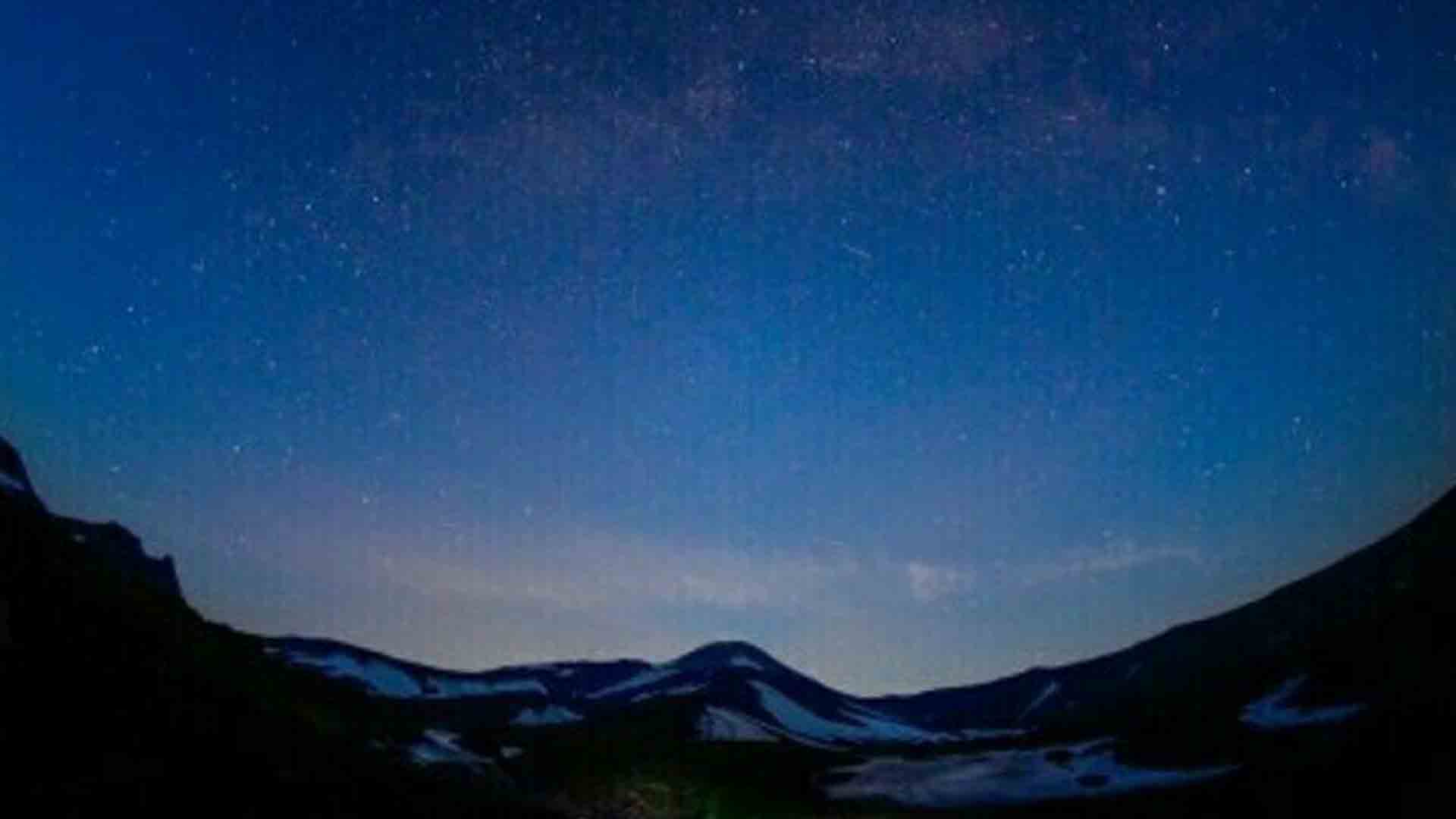Stargazers will be able to witness the greatest activity of the Quadrantid meteor shower, as well as the New Year’s parade of planets and the largest Sun with the onset of 2022, head of the Department of Methodological Support of the Moscow Planetarium, astronomer Lyudmila Koshman, told TASS.
The Quadrantid stream is going to reach its peak in the early hours of January 4.
Scientists expect up to 120 meteors per hour, which is one or two shooting stars per minute.
“In 2022, the conditions for observing meteors are favorable [all over Russia]. The best time for observing will be from midnight until dawn, when the radiant is as high as possible above the horizon,” the Russian astronomer noted.
On January 4, the Earth will pass perihelion, the point of the orbit that is nearest to the Sun. Our planet is going to be at its minimum distance from the Sun, hence the celestial body will appear largest to us.
“The Sun’s visible diameter [on this day] will be the largest in 2022, therefore, the disk of the celestial body is going to look 3 percent bigger than in early July, when the distance [between the planets] reached its maximum,” Koshman said.
Furthermore, from January 4 to 5, the crescent of the young Moon is going to join the planets visible in the sky. The best conditions for observation will be in Russia’s south, where the planets will be highest above the horizon.
In January, astronomy lovers will be able to spot Comet Leonard approaching the Sun.
On January 3, it will fly within 92 million kilometers from the Sun.
After that, the comet will leave the solar system, according to the scientist.
The most efficient way to catch sight of these celestial bodies is to use binoculars or a telescope, while the best time for observation is about 50 minutes after sunset. (PNA)







